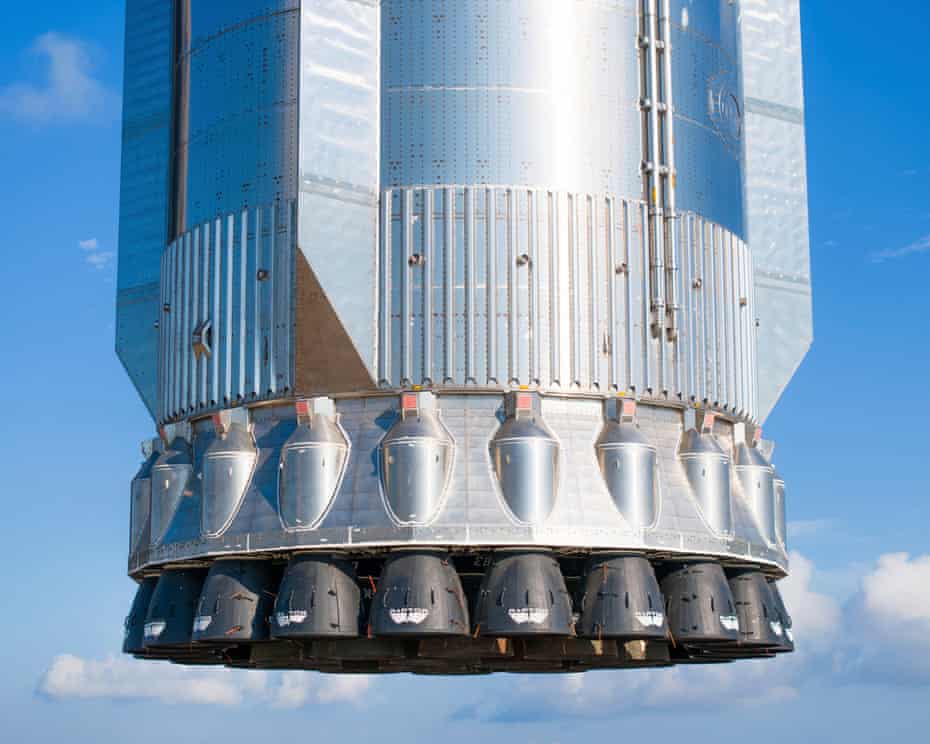The launch of Elon Musk’s giant Starship rocket was called off late on Sunday, following a glitch in their ground system.
SpaceX announced that it was standing down from the scheduled test at its Starbase complex in Texas to “allow time to troubleshoot an issue with ground systems”. No new launch date has yet been set.
It was the tenth attempt to fly the colossal rocket, which at 403ft (123 metres) towers above Nasa’s Saturn V that carried astronauts to the moon in the 1960s and 70s. Of the nine previous uncrewed launches since April 2023, failures have outnumbered successes. This year alone, three flights ended in spectacular explosions, sending debris across parts of the Caribbean in January and March, and into the Indian Ocean in May.
Sunday’s planned mission was to include several objectives, among them the first attempt to deploy simulators for Starlink communications satellites. Musk, unusually restrained in the build-up, had merely posted on Thursday that the vehicle was being readied for launch.
Starship has yet to achieve a safe return of its upper stage, which SpaceX hopes to have cleared for human spaceflight as early as next year. Engineers have introduced modifications following a series of failures, including a catastrophic explosion during a ground test in June. The latest version features new heat-resistant tiles designed to withstand the stresses of re-entry, and the company aims eventually to land the upper stage back at its launch site.
SpaceX has enjoyed some success in recovering the first-stage Super Heavy booster, using a vast pair of robotic arms known as the “chopsticks” to catch the rocket as it returns to Earth. However, the booster from Sunday’s scrubbed test was not scheduled for recovery, instead being used to conduct in-flight experiments and gather data for future missions.
Musk’s long-term vision for Starship is a fully reusable spacecraft capable of ferrying cargo and eventually people to Mars. His timetable is characteristically bold: uncrewed missions by 2026 and crewed voyages within the decade, leading to what he envisages as a permanent human settlement on the red planet within 20 to 30 years.
Experts caution, however, that SpaceX must first master shorter flights and demonstrate that Starship can be launched, recovered and relaunched safely. With only four launches so far judged successful, the programme faces formidable technical and logistical hurdles before Musk’s dream of interplanetary travel can be realised.



